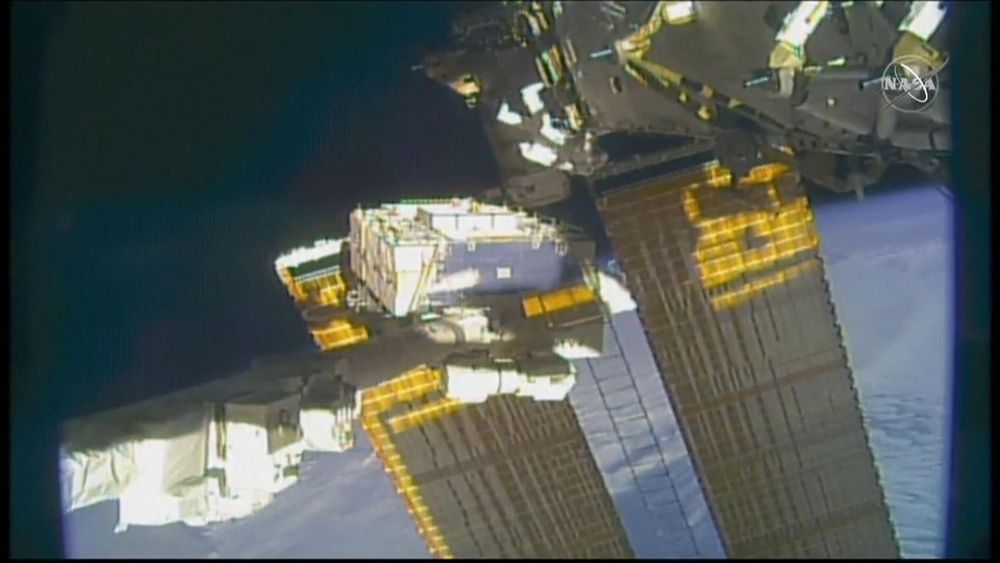🔬 The search for ancient life 🔴 Planetary evolution 👨🚀 Preparing for future human exploration.
There are so many reasons to study the Red Planet.
🔬 The search for ancient life 🔴 Planetary evolution 👨🚀 Preparing for future human exploration.
There are so many reasons to study the Red Planet.
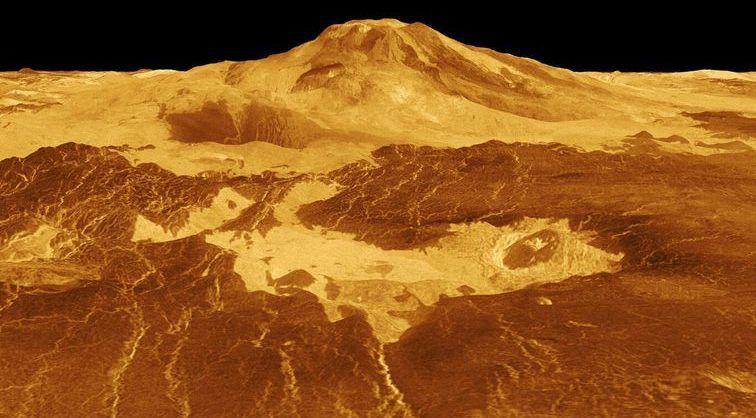

SANTA BARBARA, CALIFORNIA — NASA scientist Philip Lubin is working on perfecting laser technology that could propel a light spacecraft to Mars in as little as three days.
In order for spacecraft to achieve faster speeds, Lubin proposes using an electromagnetic propulsion system that uses light and radiation, rather than the current fuel-based rocket propulsion system.
Photonic propulsion is a theoretical system that uses the energy and momentum from photons to move objects through space. According to Wired, when photons from a laser array reflect off an object, their energy is translated into a push that’s capable of moving objects like a spacecraft.
The system would currently work best with robotic spacecraft. According to Lubin, a robotic probe with a thin reflective sail could travel to Mars in three days. On the other hand, a manned shuttle could reach Mars in a month using the laser-based system. He estimates that lasers could accelerate spacecraft to 30 percent the speed of light, which was previously unheard of.
Using photonic propulsion, interstellar travel may be possible and sending a probe to Earth’s closest star, Alpha Centauri, could take as little as 15 years, reported Space.com.
In comparison, our current technology takes four to eight months to get to Mars. It took 37 years for the Voyager 1 spacecraft to reach the edge of our solar system.
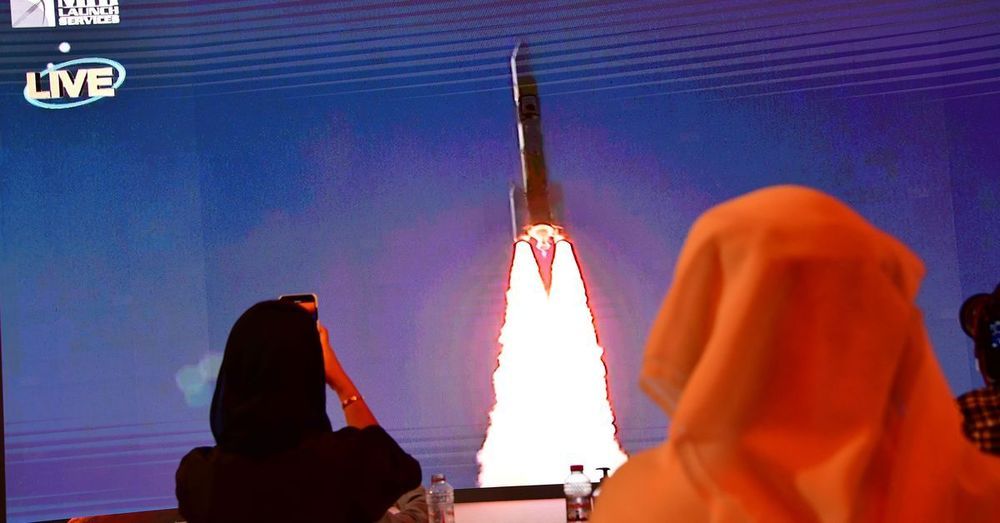
The United Arab Emirates’ first interplanetary mission successfully took off from the southern tip of Japan on July 20th, sending up a car-sized probe bound for the planet Mars. The spacecraft, called Hope, will now spend the next seven months traveling through deep space, before inserting itself into Mars’ orbit in February.
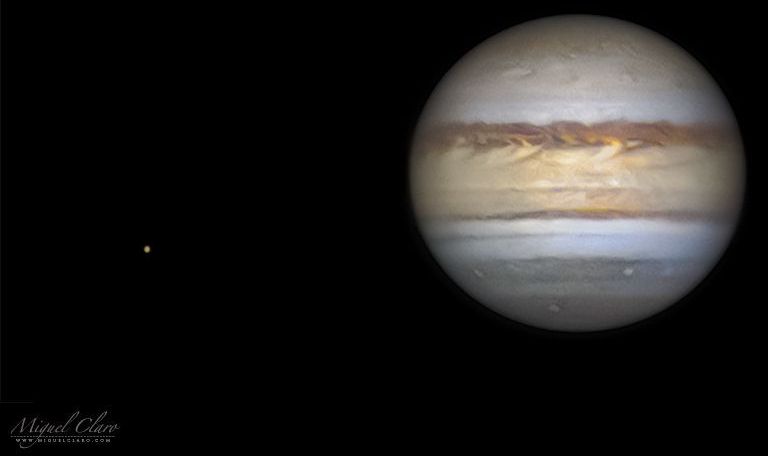
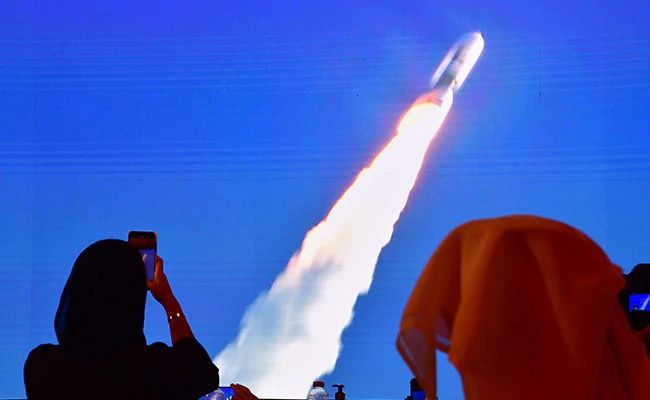
The first Arab space mission to Mars, an unmanned probe dubbed “Hope”, blasted off from Japan on Monday, in a bid to reveal more about the atmosphere of the Red Planet.
The Japanese rocket carrying the probe developed by the United Arab Emirates (UAE) lifted off from the Tanegashima Space Centre in southern Japan right on schedule at 6:58 am local time (2158 GMT Sunday).
The launch of the probe, known as “Al-Amal” in Arabic, had twice been delayed because of bad weather, but the Monday liftoff appeared smooth and successful.
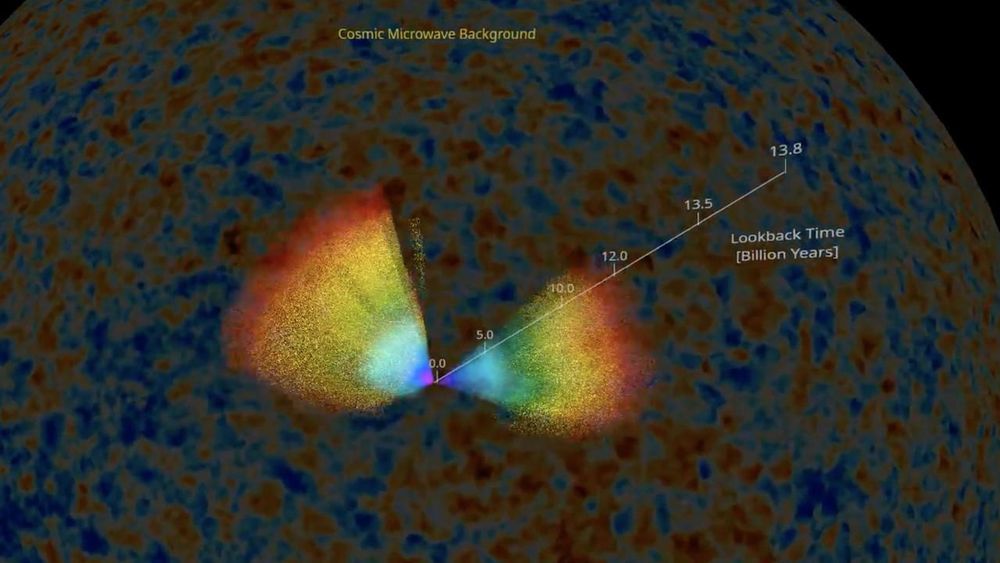
Geneva (AFP)
Astrophysicists on Monday published the largest-ever 3D map of the Universe, the result of an analysis of more than four million galaxies and ultra-bright, energy-packed quasars.
The efforts of hundreds of scientists from around 30 institutions worldwide have yielded a “complete story of the expansion of the universe”, said Will Percival of the University of Waterloo in Ontario, Canada.
Update: The UAE’s Hope Mars orbiter has successfully launched toward the Red Planet on its H-IIA rocket.
The United Arab Emirates will launch its first mission to Mars on a Japanese rocket today, July 19, and you can watch it live online.
